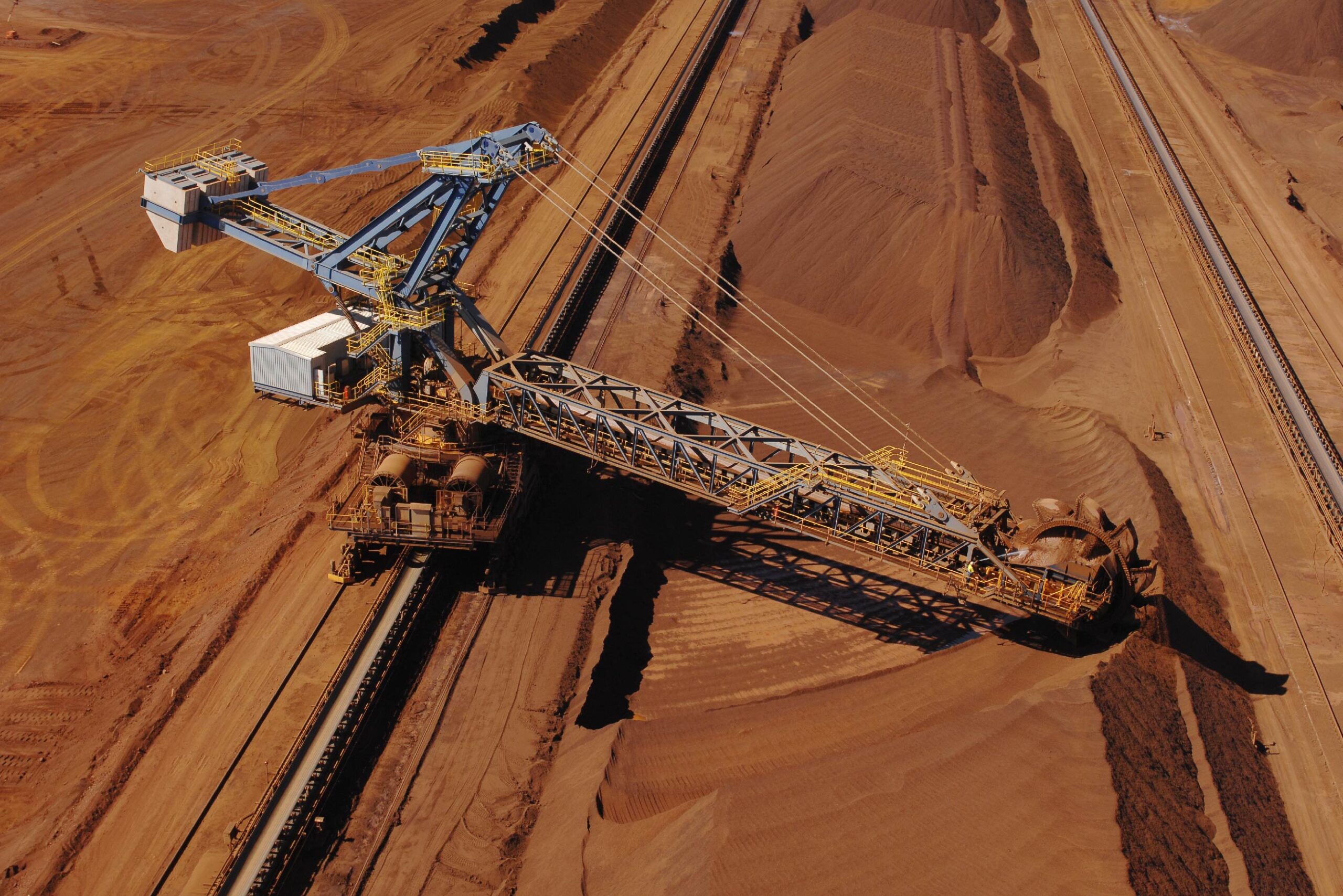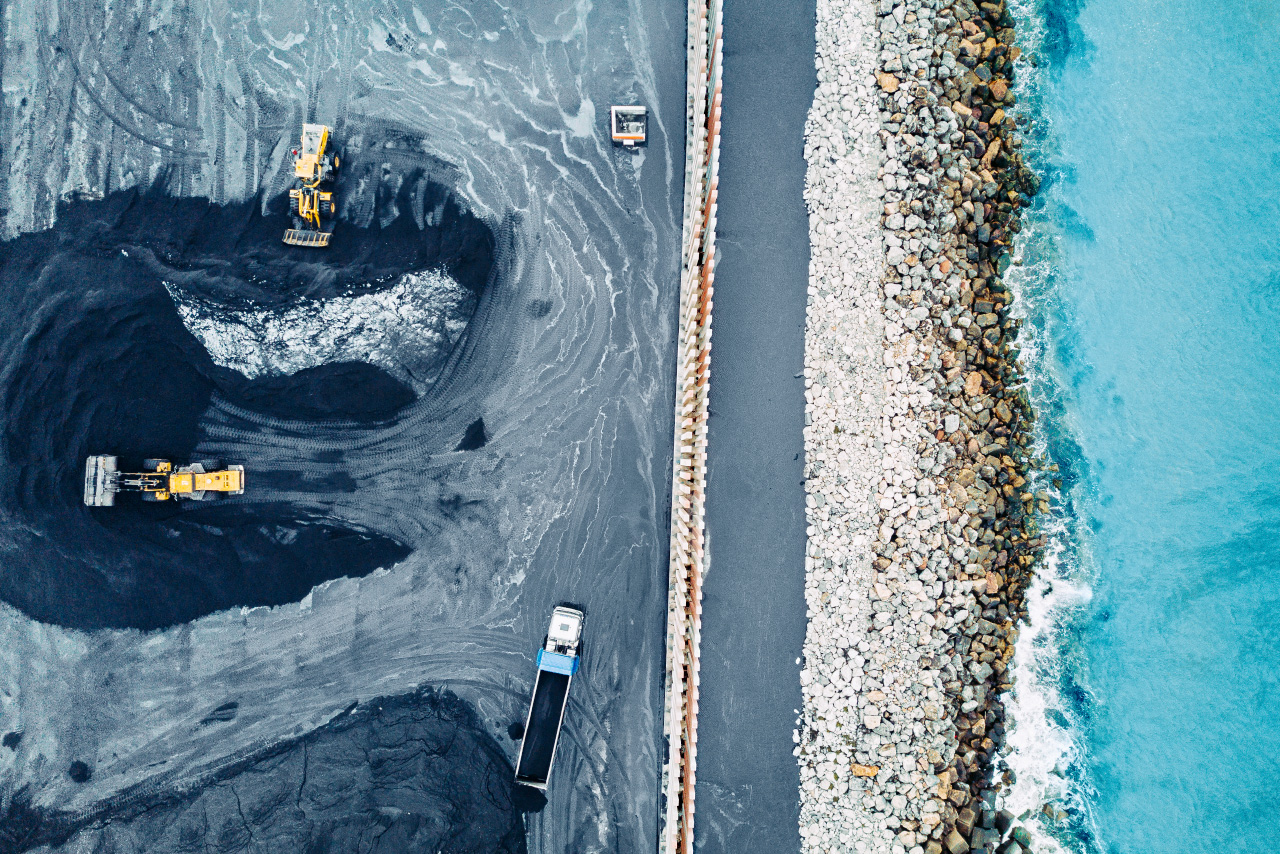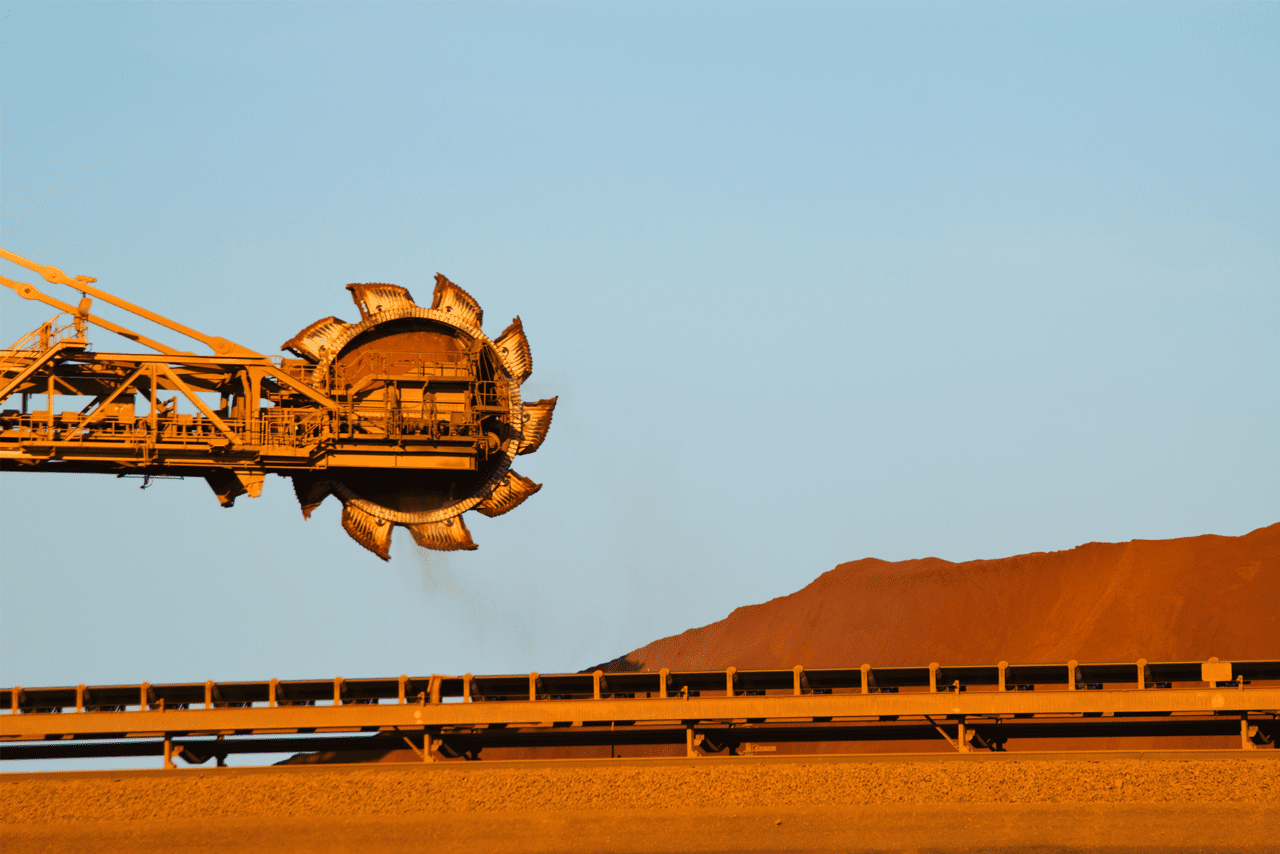Automation in mining has steadily grown over the past decade and recently, the growth has been exponential. Most of the major players in mining have adopted automation, prompting smaller players to rise to the occasion and adopt it as per their means.

The need for automation in mining
As per the “Automation Software Market” [2024-2031] Research Report, the Global Automation Software market is anticipated to rise considerably during the forecast period, between 2022 and 2031.
Automation in mining has steadily grown over the past decade and recently, the growth has been exponential. Most of the major players in mining have adopted automation, prompting smaller players to rise to the occasion and adopt it as per their means.
This blog will encapsulate the need for automation and what challenges can be overcome in the mining sector. Collectively, these will aid the industry to meet the growing demands effectively.
Automation in mining: The need for now and the future
Automation in mining began in the early 1900s and has seen significant growth with the advent of new technology that has increased efficiency, and enhanced safety while meeting the different regulatory compliances. With technology such as Anti-collision, Site automation and other such applications, mining enterprises can mitigate risks and avoid unfortunate incidents in real time.
In today’s context, where technology touches every aspect of business, artificial intelligence (AI), machine learning (ML) and robotic process automation (RPA) are aiding in improving mining operations. The list of benefits of automation in mining are as follows:
- Automation in mining helps reduce the time and cost spent on production while enhancing efficiency, meeting regulatory necessities, and maximizing yield. By automating manual, repetitive tasks the mining industry helps direct their workforce towards more useful work that demands their attention while simultaneously accelerating growth.
- Automation enables mining organizations to secure their data and draw meaningful analysis in real-time. Data is stored and transferred in real-time with in-depth analysis free of human error. This aids in better decision-making and spotting risks and opportunities.
AZO Mining had mentioned in a report that mining operations are reportedly 28% less productive than in the last decade. The reasons mentioned are declining ore grades, labor shortage, increasing regulatory compliances. In these regards, automation in mining can help the industry improve efficiency, productivity and remain profitable.
Mining automation: Meeting challenges head-on
The mining industry is facing several challenges that can be addressed through software automation. Here are some of the mining challenges that software automation can solve:
1. Reducing operational costs: Automation can help reduce the time and cost spent on production while also increasing production efficiency, maximizing yield, and meeting regulatory requirements. By automating manual, repetitive tasks that require no decision-making, such as payment processing or invoicing using RPA tools or software robotics, the mining industry can reduce costs, streamline processes, and improve accuracy, consistency, and quality.
2. Optimizing supply chain management: Automation can help optimize the supply chain by reducing lead times, improving inventory management, and increasing transparency. By using AI and machine learning, the mining industry can predict demand and optimize production schedules.
3. Increasing productivity: Automation can help the mining industry increase productivity by reducing downtime, improving equipment utilization, and optimizing maintenance schedules. By using advanced analytics and sensors, the mining industry can lower maintenance costs and decrease downtime while boosting output and chemical recovery. Robotics and semi-autonomous equipment are taking humans out of mines, reducing costs and risk. In Western Australia, miners using autonomous haulage technology have reported a 20 percent improvement in productivity.
4. Provide in-depth analysis: Traditional mining solutions could identify and portray process-related concerns. However, gaining an in-depth analysis was a challenge. With software automation in mining, solutions leverage machine learning algorithms to provide risk assessments in real-time. Combined with Machine Learning algorithms, mining companies can identify the root causes of the problems and implement mitigation strategies efficiently.
5. Extract meaningful analysis from disparate data: Corporate data can be both structured and unstructured, however, some traditional solutions can only process structured data, leaving unstructured data, such as invoices or receipts, out of the investigation process. With automation such as Eka’s Invoice ageing application, clients gain an in-depth analysis on overdue invoices and highlighted risks. They also gain a consolidated view of all overdue invoices from every counterparty to make effective decisions.
6. Avoiding physical hazards: One of the complaints against the mining sector is the risk to human lives. This has been a problem since ages. With lives at stake and several regulations, it is important to ensure safety while focusing on efficiency. Case in point, Eka’s anti-collision system allows enterprises to minimize collisions with forecasts using intelligent simulation systems that precisely determine machine operations. The solution adjusts and prioritizes operations using a rules engine. The autonomous machine mitigates interactions and ensures non-interference with other entities or systems.
7. Increasing stockpile efficiency: Upon extraction, it is crucial that stockpiles of each mineral and ore is recorded and stacked at the optimum level. While previously it was a manual task requiring more hours with far less efficiency, today enterprises can use systems such as Eka’s Stockpile management that aids in delivering improved stacking and reclaiming performance with a real-time system built for 3D control from the ground up. Enable superior machine control. It also helps automate stacking and reclamation of stockpiles based on performance, capacity, and quality requirements. Furthermore, using advanced 3D modeling and control techniques helps improve the stacked stockpile shape and reclaim speeds.
Evolving with time to provide greater efficiency and security to our customers, Eka Software Solutions aids mining companies with its proprietary Stockyard Management solution. This on-site solution is one of the several hosts of applications provided along with our proprietary cloud-enabled platform.
In conclusion, as market complexity increases the mining industry must adopt and assimilate more automation to enhance their output and remain profitable. It is also crucial to select the right partner who provides cost-effective and latest technology to outperform the competition.
Other resources

Large mining company implements Eka Control Systems and Eka QMS to improve throughput
The customer is an established Australian mining company that wanted to upgrade to the dynamic business requirements without drastic engineering changes.

How can the metals and mining industry streamline direct material procurement?
Direct material procurement is complicated, especially for the metals and mining industry. Mining companies often deal with fluctuating prices and intense competition in addition to being highly capital intensive.